Articles tagged 'Xenakis'
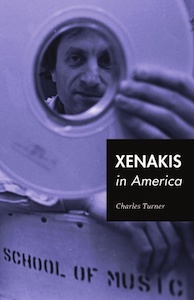
Xenakis and Stravinsky in America, Mahler too (via Copland)
Copland invited Xenakis to Tanglewood in 1963, and between 1967 and ’72, Xenakis taught at Indiana University.

Xenakis and Stravinsky in America, Mahler too (via Copland)
Copland invited Xenakis to Tanglewood in 1963, and between 1967 and ’72, Xenakis taught at Indiana University.
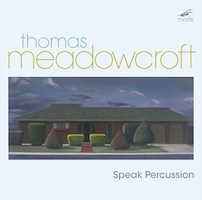
Percussion Ramble with Toys
In Meadowcroft’s fragile structures, players may set into motion broken toys, or trigger recordings.

Percussion Ramble with Toys
In Meadowcroft’s fragile structures, players may set into motion broken toys, or trigger recordings.
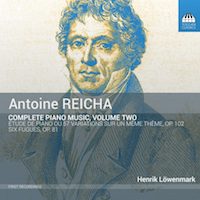
Used Bin Troll Tweets HH.
Reicha’s 57 dawdle upon an insipid ditty. It is a lot of work for player and audience to make it to the end.

Used Bin Troll Tweets HH.
Reicha’s 57 dawdle upon an insipid ditty. It is a lot of work for player and audience to make it to the end.
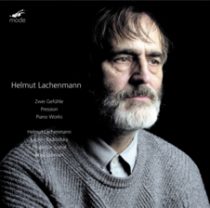
Unsolicited Remarks
Even after bumping into derivatives and less artful followers, Lachenmann’s original acerbic brittleness still delights after a long absence.

Unsolicited Remarks
Even after bumping into derivatives and less artful followers, Lachenmann’s original acerbic brittleness still delights after a long absence.
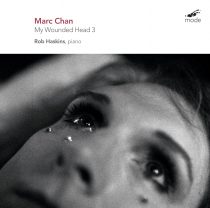
Piano Factory 18.
If you like your Bach straight up, then Chan’s minimalist constellations will not amuse. Chan doesn’t provide the familiar melody, but instead organizes or jumbles the chorale’s pitch materials into chowder, deeply obscuring Bach’s poignant original.

Piano Factory 18.
If you like your Bach straight up, then Chan’s minimalist constellations will not amuse. Chan doesn’t provide the familiar melody, but instead organizes or jumbles the chorale’s pitch materials into chowder, deeply obscuring Bach’s poignant original.
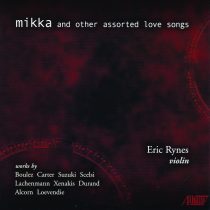
String Theory 23. / EA Bucket 24: Violin, sometimes with tape
There will be those who get the pun in Rynes’ title, but I wasn’t one of them. Rynes’ nine-item program presents old and new friends.

String Theory 23. / EA Bucket 24: Violin, sometimes with tape
There will be those who get the pun in Rynes’ title, but I wasn’t one of them. Rynes’ nine-item program presents old and new friends.
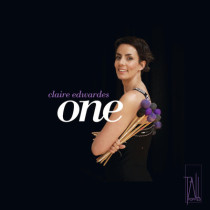
Percussion with Pianos
There are old and new friends to be found in Edwardes’ excellent recital.

Percussion with Pianos
There are old and new friends to be found in Edwardes’ excellent recital.
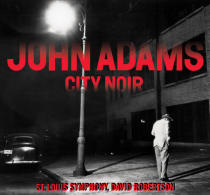
Concerto Concentrations 3.
City Noir’s three connected panels satisfy Adams’ need to extend and revive his impressions of old movie cues. The gestures are immediately familiar, yet they’re Adams’ own.

Concerto Concentrations 3.
City Noir’s three connected panels satisfy Adams’ need to extend and revive his impressions of old movie cues. The gestures are immediately familiar, yet they’re Adams’ own.
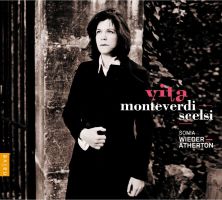
String Theory 11: Cellos Mostly
Monteverdi and Scelsi are well paired. Both could infuse a line, vocal or otherwise, with mysticism or elemental passion and create impetuous and visceral statements.

String Theory 11: Cellos Mostly
Monteverdi and Scelsi are well paired. Both could infuse a line, vocal or otherwise, with mysticism or elemental passion and create impetuous and visceral statements.
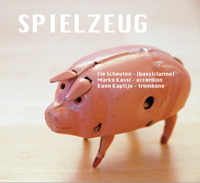
Chamber ramble with accordion, guitars and percussion
Breath and shape are crucial to these pieces’ projection and the results entrance. There are times when duo or trio fuses together so successfully it’s hard to tell whether the high note is a trombone, the low note a clarinet, or the reedy sound an accordion.

Chamber ramble with accordion, guitars and percussion
Breath and shape are crucial to these pieces’ projection and the results entrance. There are times when duo or trio fuses together so successfully it’s hard to tell whether the high note is a trombone, the low note a clarinet, or the reedy sound an accordion.
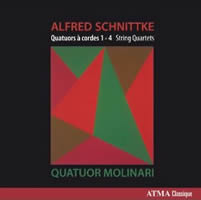
String Theory 10: 23 Quartets, etc.
Schnittke’s four make a mismatched family.
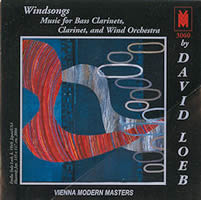
Solos and Underdogs
Low, breathy woodwind timbres are among my favorites (there’s a great passage in the first movement of Mahler’s Ninth), and the two double concertos offer ample room for dexterity and color.

Solos and Underdogs
Low, breathy woodwind timbres are among my favorites (there’s a great passage in the first movement of Mahler’s Ninth), and the two double concertos offer ample room for dexterity and color.